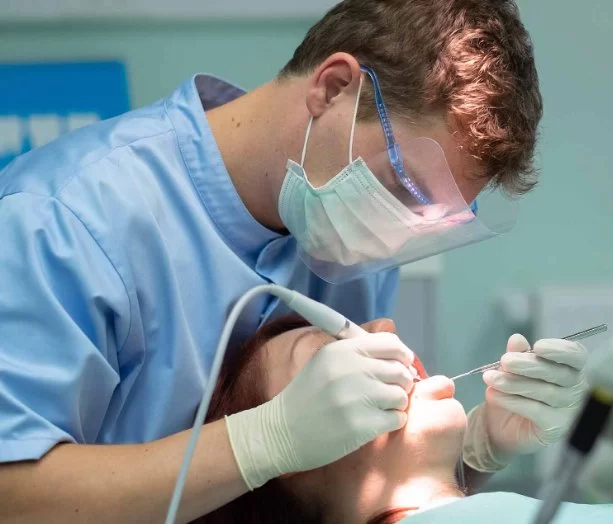
Who Wrote Hygiene Rules for Oral Hygiene?
When you pick up your toothbrush every morning, you might not think about the centuries of science, culture, and innovation that shaped modern oral hygiene. But have you ever wondered: Who actually wrote the hygiene rules for oral hygiene? The answer takes us through ancient civilizations, early medical pioneers, and modern dentistry experts who transformed the way we care for our teeth and gums today.
The Ancient Roots of Oral Hygiene Practices
Oral hygiene is far from a modern concept. Thousands of years before toothbrushes and toothpaste were invented, ancient societies had already recognized the importance of keeping the mouth clean. Archaeological evidence shows that civilizations such as the Egyptians, Greeks, and Chinese used natural materials like twigs, feathers, and crushed herbs to clean their teeth and freshen their breath.
The First Recorded Hygiene Rules
Historical records suggest that some of the earliest written hygiene rules date back to around 3000 BCE in Egypt. Ancient Egyptian texts described methods for cleaning teeth and gums, emphasizing the connection between oral health and overall well-being. They even created rudimentary toothpaste made from pumice stone, eggshell powder, and water. These early practices show a deep understanding of the link between cleanliness and health — ideas that still form the basis of modern dental care.
Greek and Roman Contributions to Oral Health
The Greeks and Romans advanced oral hygiene by documenting their beliefs in medical texts. Hippocrates, often called the “Father of Medicine,” wrote about using vinegar and rough cloth to remove plaque and maintain clean teeth. Later, the Roman philosopher and physician Galen suggested specific mouth rinses and emphasized the importance of diet for maintaining healthy gums.
These early thinkers didn’t write “hygiene rules” in the modern sense, but they laid the philosophical and medical foundation for later developments in dentistry. They understood that a clean mouth wasn’t just about aesthetics — it was essential for overall health.
The Birth of Modern Dental Hygiene Rules
The formalization of oral hygiene rules as we know them today began during the 18th and 19th centuries. Dentistry became a recognized medical field, and experts started to develop standardized guidelines for preventing tooth decay and gum disease.
Pierre Fauchard: The Father of Modern Dentistry
In the early 1700s, French dentist Pierre Fauchard published “Le Chirurgien Dentiste” (The Surgeon Dentist), a groundbreaking book that laid out the first comprehensive rules for dental hygiene and oral health. Fauchard emphasized preventive care — including regular cleaning, diet management, and the importance of proper tooth structure — all of which remain relevant today. His work marked the beginning of a scientific approach to dental hygiene.
The Rise of Preventive Dentistry in the 20th Century
By the early 1900s, dentistry had evolved further with the discovery of fluoride and the invention of the modern toothbrush. The American Dental Association (ADA) began establishing official dental hygiene standards in the United States, promoting daily brushing and regular dental check-ups. This period saw the first formal “rules” for oral hygiene published in educational materials and dental care guidelines distributed to the public.
Figures such as Dr. Alfred Civilion Fones, who founded the first dental hygiene school in 1913, helped define the modern role of dental hygienists and standardized oral care practices across America. His students were the first professional dental hygienists, and his teachings emphasized the prevention of disease through consistent cleaning and public education — principles still used today.
Modern Oral Hygiene Guidelines and Innovations
Today’s oral hygiene rules are based on centuries of research, observation, and public health development. Organizations like the ADA, World Health Organization (WHO), and Centers for Disease Control and Prevention (CDC) continue to publish updated oral hygiene recommendations to meet modern needs.
Contemporary Hygiene Rules Everyone Should Know
While the tools and technology have evolved, the core principles remain timeless. Here are the modern foundations of oral hygiene that stem from these historical rules:
- Brush Twice Daily: Use fluoride toothpaste and a soft-bristled toothbrush to remove plaque and bacteria.
- Floss Every Day: Cleaning between teeth prevents gum disease and reduces the risk of decay in hard-to-reach areas.
- Limit Sugary Foods: Diet plays a critical role in oral health — reducing sugar helps prevent cavities.
- Visit Your Dentist Regularly: Professional cleanings and exams help detect problems early.
- Replace Toothbrushes Every 3–4 Months: Worn-out bristles are less effective at cleaning teeth and gums.
A Story from the Modern Era: The Power of Education
In the 1950s, a small town in Colorado became one of the first places in the U.S. to add fluoride to its water supply. The result was dramatic — local dentists reported a sharp decline in cavities among children within just a few years. This event sparked national interest and led to widespread public health programs focused on dental hygiene education. It was a turning point in how Americans understood and practiced oral care.
That story shows how scientific advancement and public awareness continue to shape the hygiene “rules” we follow today. Oral hygiene isn’t just about clean teeth; it’s about maintaining long-term health, confidence, and quality of life.
The Legacy of Dental Hygiene Rules Today
From ancient herbal pastes to advanced ultrasonic toothbrushes, the evolution of oral hygiene reflects humanity’s ongoing pursuit of health and well-being. The “rules” we follow now are the product of centuries of learning, innovation, and dedication from countless medical pioneers and institutions.
Maintaining these practices isn’t just a personal responsibility — it’s part of a shared tradition of health awareness that has improved millions of lives. Whether you’re learning about historical figures like Pierre Fauchard or following your dentist’s advice today, you’re participating in a legacy that continues to grow and evolve.
If you want expert advice or need personalized dental care, visit Family Dentistry Online. Our professionals can help you understand your oral health better and guide you in maintaining a healthy, confident smile for life.

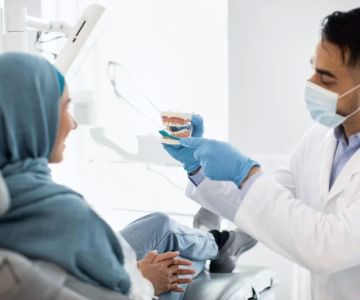

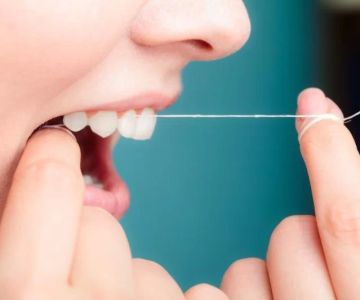
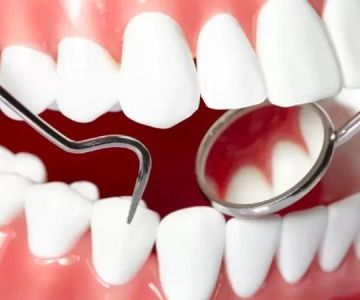

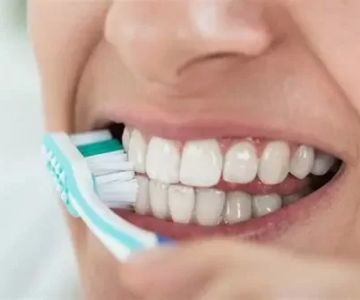
 Tend East Nashville4.0 (319 review)
Tend East Nashville4.0 (319 review) Sea Mar Community Health Centers - 11th St3.0 (55 review)
Sea Mar Community Health Centers - 11th St3.0 (55 review) Florida Dental Implant Institute5.0 (67 review)
Florida Dental Implant Institute5.0 (67 review) Brick Dental Studio4.0 (101 review)
Brick Dental Studio4.0 (101 review) Midjersey Family Dentistry4.0 (86 review)
Midjersey Family Dentistry4.0 (86 review) Surprise Endodontics4.0 (170 review)
Surprise Endodontics4.0 (170 review) The Importance of Oral Health Education During Pregnancy for a Healthy Pregnancy
The Importance of Oral Health Education During Pregnancy for a Healthy Pregnancy Best Tips for Brushing Your Teeth Properly for Healthy Gums: Essential Techniques for Oral Health
Best Tips for Brushing Your Teeth Properly for Healthy Gums: Essential Techniques for Oral Health Why Skipping Dental Checkups Can Lead to Bigger Oral Health Problems
Why Skipping Dental Checkups Can Lead to Bigger Oral Health Problems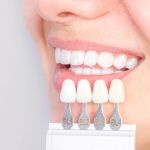 Advantages of Porcelain Dental Restorations
Advantages of Porcelain Dental Restorations How Can Diabetes Cause Tooth and Gum Problems? Preventing and Managing Oral Health Issues
How Can Diabetes Cause Tooth and Gum Problems? Preventing and Managing Oral Health Issues Healthy Habits for Promoting Good Oral Health and Hygiene: Tips for a Healthy Smile
Healthy Habits for Promoting Good Oral Health and Hygiene: Tips for a Healthy Smile